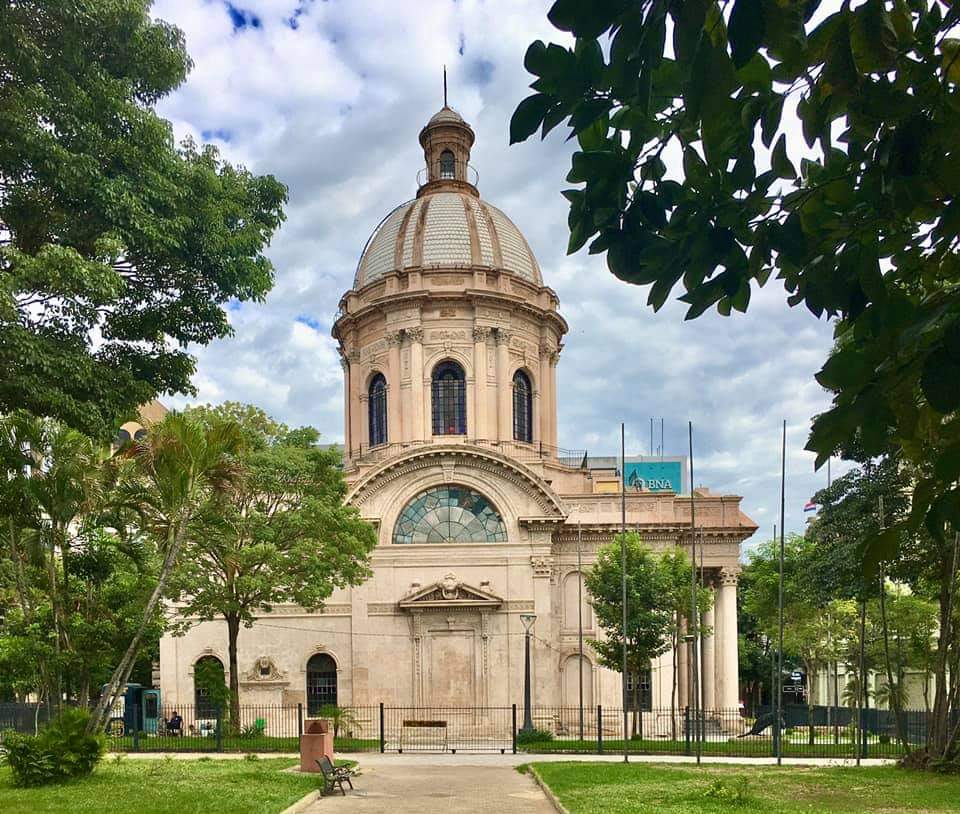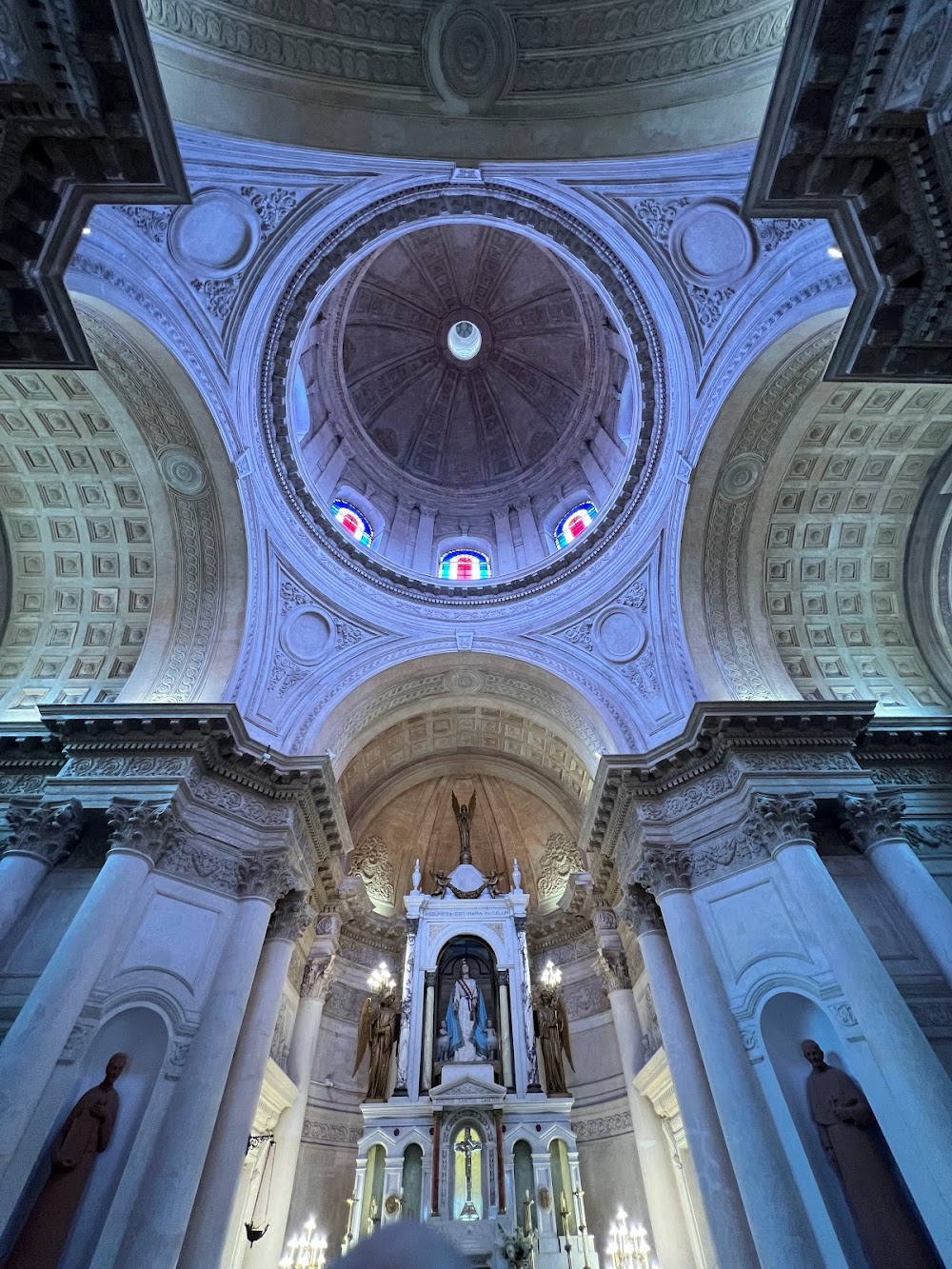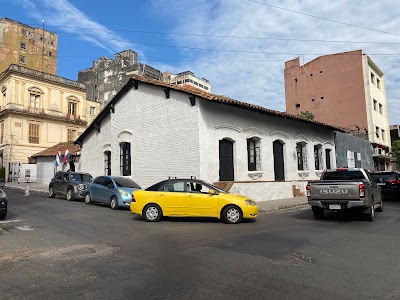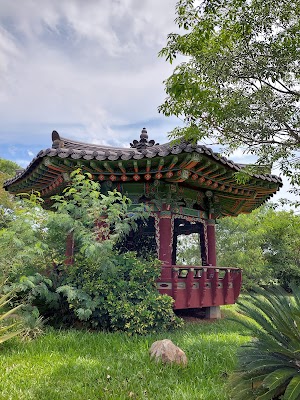Panteón Nacional de los Héroes (Panteón Nacional de los Héroes)
Overview
In the heart of Asuncion, Paraguay, lies the National Pantheon of Heroes (Panteón Nacional de los Héroes), a majestic building teeming with history and national pride. This monument, dedicated to the country's greatest figures, also serves as a mausoleum for some of Paraguay's most illustrious icons, embodying the spirit and sacrifice of its people.
The origins of the Pantheon date back to the late 19th century when President Francisco Solano López envisioned a grand chapel in honor of the Virgin of the Assumption, the patroness of Paraguay. His intention was to create a place of profound significance and national unity. However, the devastating Paraguayan War (1864-1870) delayed the project, and López himself did not live to see his dream come to fruition.
Actual construction of the Pantheon commenced in 1936 under President Rafael Franco. The government enlisted the talents of Italian architect Alejandro Ravizza and Paraguayan architect Giacomo Colombino to bring the vision to life. Their mission was to fuse European neoclassical architecture with the unique cultural essence of Paraguay, resulting in a structure that stands as a powerful testament to the sacrifices made by its people.
Strategically located at the intersection of Chile and Palma streets, the Pantheon is easily accessible to both citizens and visitors in the bustling center of Asuncion. The construction was marked by meticulous attention to detail, with artisans and craftsmen diligently working to ensure that every element reflected the monument’s grandeur.
The Pantheon finally opened its doors in 1939, though it was not fully completed at that time. Over the years, it has undergone numerous additions and restorations, enhancing both its interior and exterior designs. The brilliance of its dome, adorned with intricate frescoes and an imposing altar, captivates all who visit.
Inside, guests are welcomed by a serene and solemn atmosphere. The walls of the Pantheon house the remains of notable Paraguayan figures, including presidents, military leaders, and war heroes. Among the most revered is Marshal Francisco Solano López, whose tomb symbolizes national resilience and strength. Another distinguished figure interred here is the beloved music composer Agustín Pío Barrios, affectionately known as Mangoré.
The interiors are embellished with large plaques and monuments that recount the heroic deeds of Paraguay’s legends. On special occasions, such as Independence Day and Heroes' Day, the Pantheon transforms into the focal point for state functions and military parades, attended by government officials, military personnel, and civilians who gather to pay tribute to their national icons.
Throughout its history, the Pantheon has encountered challenges, including periods of neglect that necessitated numerous restorations to preserve its splendor. Each refurbishment effort is driven by a commitment to safeguard the cultural and historical heritage that the Pantheon represents.
Today, the National Pantheon of Heroes stands as both a symbol of Paraguay's past and a beacon of hope for future generations. Its historical and cultural significance resonates deeply with the Paraguayan populace and visitors from around the globe.
The Pantheon serves not only as a tomb for the nation’s revered heroes but also as a living monument where the rich tapestry of Paraguay’s history continues to be interwoven with respect, pride, and a strong sense of national identity.







